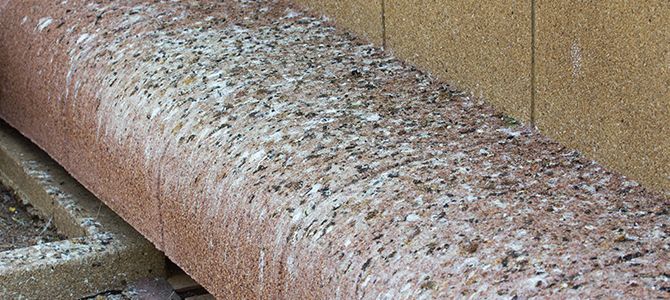Despite their stellar work during the Second World War, pigeons are often seen and imagined in something of a negative fashion. We give pigeons bad names such as “rats with wings” and “flying rats” and we use precautions to help reduce their numbers.
The bird problems faced in city areas is that although we know to be fearful or wary of pigeons, we seldom know why they pose such a problem, and indeed whether the threat is real or imagined.
#1. Diseases in Excrement
As with many birds, the threat of disease from a pigeon lies with its’ excrement. Known as guano, pigeon droppings are believed to carry as many diseases as a common rat. However, there are experts who believe that in this case the threat may not be as severe as we have been led to believe. Whilst it is true that pigeon guano contains a variety of diseases, there are no more therein than might normally be found in the excrement of a common household pet. Therefore, as long as anyone handling pigeon excrement is careful whilst doing so (in that they wear gloves, and wash thoroughly afterwards) they are likely to remain safe.
There are of course instances where a person might not be aware in advance that they’re going to come into contact with guano and therefore has no opportunity to take precautions. Walking along in a heavily infested area might mean that guano from a flying pigeon lands on you which is deeply unpleasant but unlikely to be hazardous to health.
A final problem lies with guano that is well dried but must be disturbed for cleaning purposes. It is believed that the dust given off by well dried excrement can be dangerous for those with existing respiratory problems as it may irritate the bronchial passages. Again this is something which may be dealt with through the use of a dust mask during cleaning.
#2. Compromising Buildings
However, just because the guano is not actually hazardous to humans doesn’t mean that it doesn’t cause problems. Pigeons are considered a pest because they tend to attract other pests. Guano is extremely acidic and when left on roof and building surfaces, it can compromise them, which can in turn be a magnet for activity from other pests and insects.
#3. Overpopulation
There is also the issue of overpopulation from pigeons. Although parks and places such as Trafalgar Square have long been magnets for pigeon populations, there are those who believe that they are now causing such issue because of their numbers that they damage the human visiting experience. As such, many towns and cities have projects in place to limit the amount of breeding that their flocks of pigeons can do. These projects might include the use of bird spikes to prevent nesting.
About the Author:
David is leading expert of pest control in the UK and also deals with the Total Bird Control. He is well equipped to provide advice on bird spikes and netting issues.

No comments:
Post a Comment